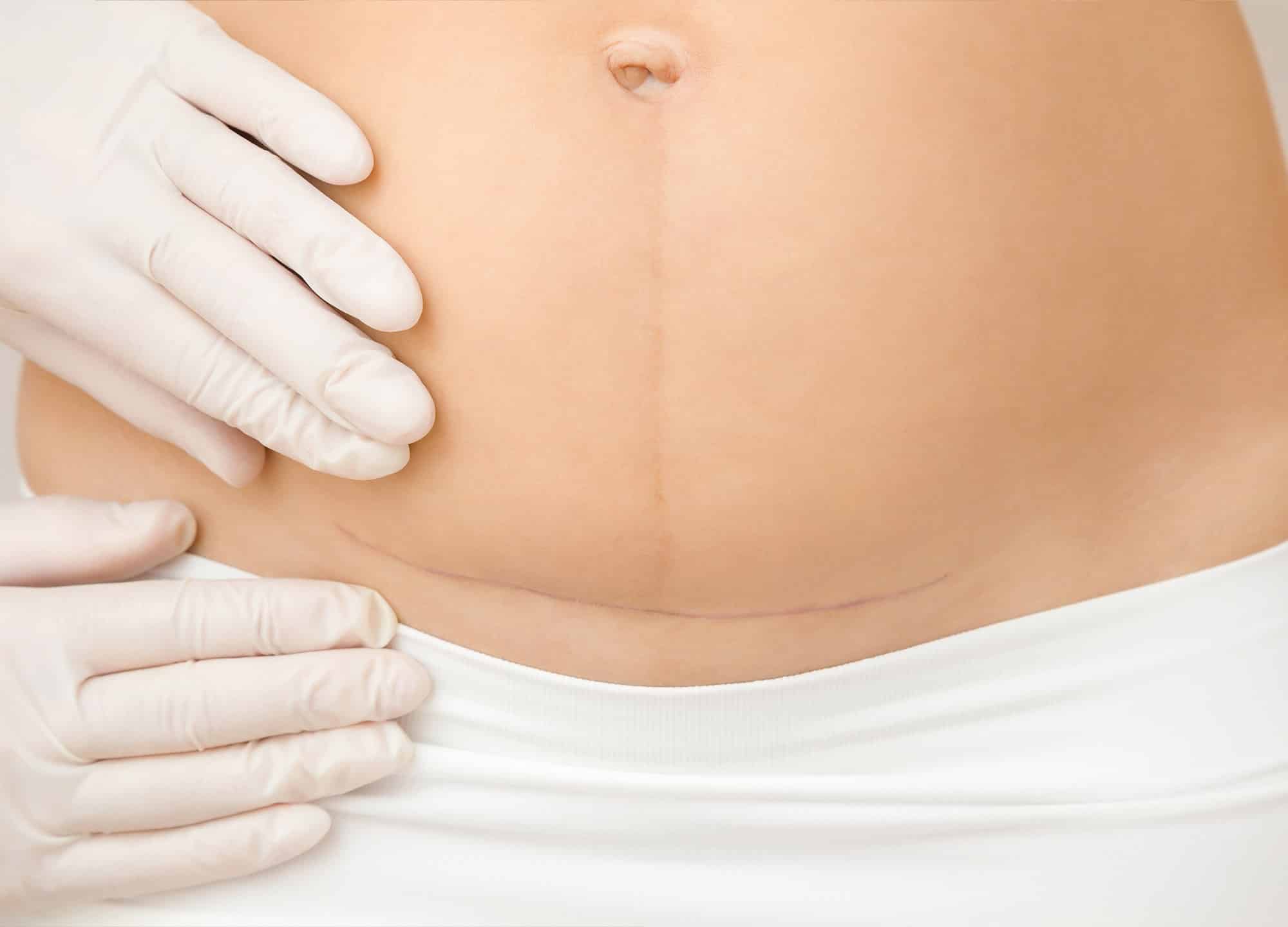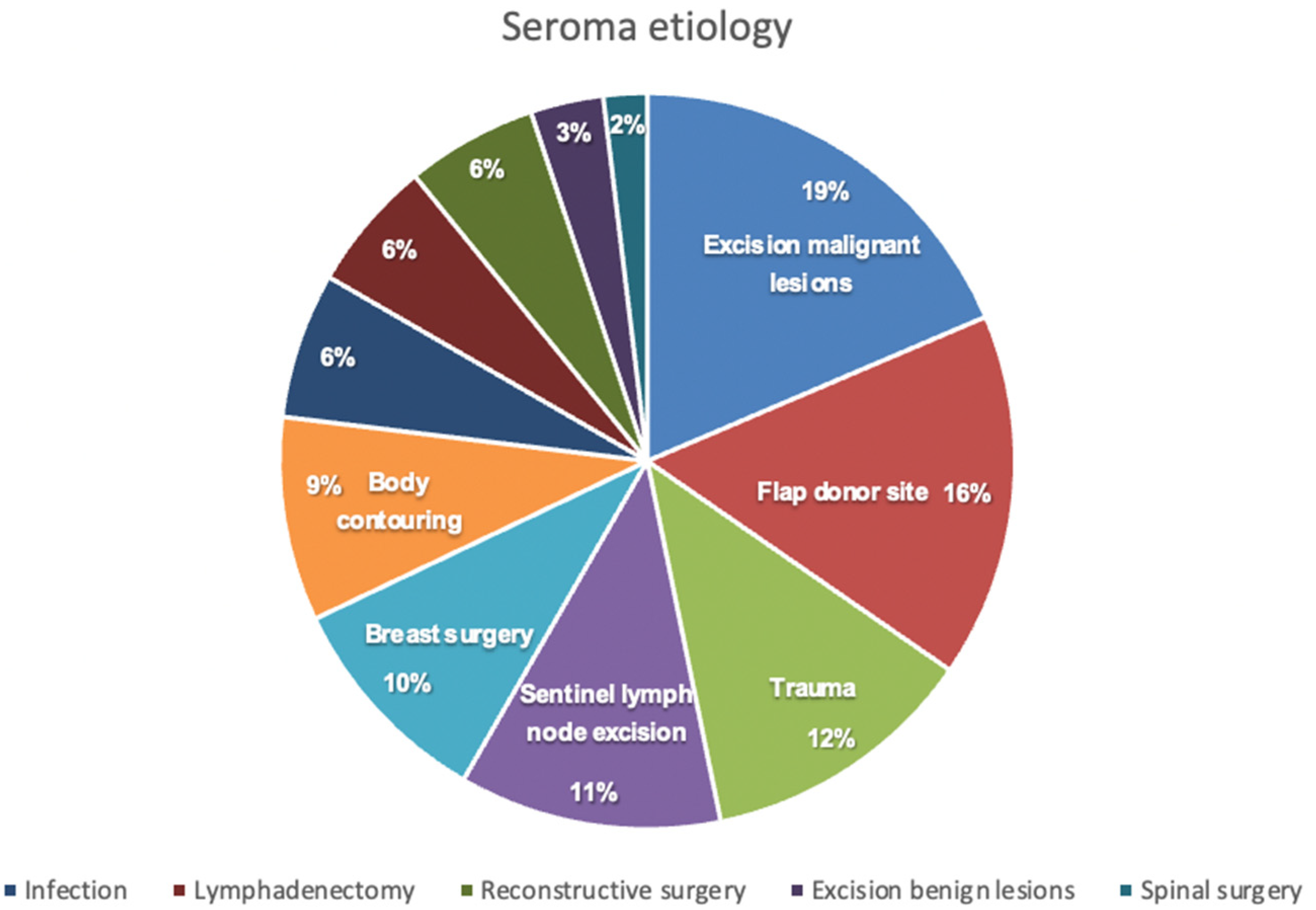Lymphatic drainage can minimize seroma formation by enhancing fluid flow and reducing fluid accumulation. This therapeutic technique encourages the removal of excess lymph and interstitial fluid.
Lymphatic drainage is a specialized massage aimed at boosting the efficiency of the lymphatic system. This gentle, rhythmic therapy helps move lymph fluids back into the circulatory system, mitigating the risk of fluid buildup that can lead to seromas, or pockets of serum.
Seromas often occur after surgery or trauma where lymph vessels may be disrupted. By improving lymph flow, lymphatic drainage assists in reducing inflammation and facilitating the body’s natural healing process. Such massage techniques not only help to prevent the development of seromas but can also expedite recovery by enhancing the immune system’s ability to fight infection and cleanse the body of waste products. Properly executed, this noninvasive treatment supports overall health and recovery, making it a valuable intervention for post-operative care.

Credit: www.realself.com
Unlocking The Mysteries Of Lymphatic Drainage
Seromas can be a puzzling aftermath of surgical procedures. Lymphatic drainage seems to be a magic wand waved over the problem, speeding recovery. It’s a procedure that’s both simple and complex. It works with the body’s internal healing system. This blog post will unveil how lymphatic drainage aids the healing process from seromas.
The Lymphatic System’s Role In Healing
The lymphatic system is a network of vessels and nodes that transport lymph fluid. This fluid contains white blood cells. They are vital for fighting infection. After surgery, this system helps clear away harmful substances. When it functions well, the chance of seroma is less.
- Collects excess fluid to prevent swelling
- Filters out debris, ensuring a clean healing environment
- Distributes infection-fighting white blood cells throughout the body
Mechanics Of Lymphatic Drainage
Lymphatic drainage is a therapy using gentle, rhythmic massage. It encourages the lymph fluid to flow better. This healing touch helps redirect fluid away from the surgical area. It reduces the risk of seroma formation.
| Technique | Benefits |
|---|---|
| Gentle strokes | Promotes circulation |
| Directional pushing | Encourages lymph flow |
| Rhythmic movements | Supports fluid drainage |
With properly performed lymphatic drainage, the body can heal faster. The risk of complications like seromas drops significantly. It’s a natural assistant, aiding in the body’s return to its original vigor.
Seroma Formation And Its Complications

After a surgical procedure, the body goes through various healing stages. One potential issue that can occur is seroma formation. This complication involves the collection of fluids, which can lead to discomfort and delayed healing. Understanding seroma and how lymphatic drainage can help is crucial in ensuring a smooth recovery post-surgery.
Defining Seroma And Its Prevalence
A seroma is a pocket of clear serous fluid that sometimes develops after surgery. It is the body’s response to the empty space left by the operation. While not always serious, it’s prevalent in procedures involving significant tissue disruption, like mastectomies or tummy tucks.
Risks Associated With Untreated Seromas
- Infection: Seromas can become infected, leading to longer recovery times.
- Delayed healing: Fluid accumulation can prevent the surgical site from closing properly.
- Formation of scar tissue: Over time, seromas can harden, resulting in fibrous tissue.
Lymphatic Drainage As A Therapeutic Intervention
Lymphatic drainage is a gentle massage technique. It helps to enhance the flow of lymph in the body. Lymph is a fluid that removes waste and toxins from body tissues. A seroma is a collection of this fluid that sometimes occurs after surgery. Lymphatic drainage can help reduce seromas by encouraging lymph flow away from the area. Let’s delve into the techniques used and see how they benefit patients recovering from surgical procedures.
Techniques Of Lymphatic Drainage For Seromas
Manual Lymphatic Drainage (MLD) is a specialized massage technique.
It targets the lymphatic system directly. The therapy involves gentle, rhythmic movements that mimic the body’s natural lymph flow. This can help reduce the size of seromas.
Vodder technique, a common MLD method, uses specific hand strokes. Leduc method focuses on lymph flow patterns.
There are also mechanical devices and compression garments available. They support lymphatic function when manual techniques are not practical.
The Benefits Of Improving Lymph Flow
- Reduction in swelling: Enhanced lymph flow can lower the risk of fluid accumulation.
- Improved healing: Efficient lymph movement promotes better tissue regeneration.
- Decreased discomfort: Proper drainage can reduce the pressure that causes pain around seromas.
- Faster recovery: With reduced swelling and pain, recovery from surgery can be quicker.
The effectiveness of lymphatic drainage may vary. It often depends on the individual and the extent of their condition. Consulting a healthcare professional is crucial before beginning any treatment.

Credit: www.mdpi.com
Clinical Evidence Supporting Lymphatic Drainage
Clinical evidence increasingly recognizes lymphatic drainage as an effective method for managing seroma, which is a buildup of fluids post-surgery. Lymphatic drainage techniques facilitate fluid circulation, reducing swelling, and enhancing the healing process. Experts conduct ongoing research to ground this therapy in solid scientific proof.
Studies On Lymphatic Drainage In Seroma Management
Robust research forms the backbone of any medical treatment efficacy. Studies involving lymphatic drainage for seroma prevention and treatment highlight the technique’s potential. Key findings demonstrate how drainage accelerates fluid resorption and prevents chronic complications.
- Better reduction in fluid accumulation compared to traditional methods.
- Decreased need for surgical interventions postoperatively due to successful fluid management.
- Improved comfort and mobility for patients during recovery.
Patient Outcomes And Success Rates
Patient experiences and recovery statistics cast a light on the success of lymphatic drainage in seroma management. Success rates quantify the therapy’s potential in both short and long-term patient wellness.
- High Success Rates
- Consistent reports indicate significant seroma reduction post-treatment.
- Fast Recovery Times
- Patients note quicker return to daily activities.
- Reduced Pain Levels
- Many observe a notable decrease in pain and discomfort.
In essence, lymphatic drainage emerges as a cornerstone in seroma management, with a mounting body of clinical evidence advocating its benefits.
Incorporating Lymphatic Drainage Into Recovery Plans
Lymphatic drainage plays a key role in recovery after surgery. It helps reduce the risk of seroma, which is a collection of fluid that can occur after surgical procedures. By understanding how to incorporate this technique into recovery plans, patients can improve healing times and reduce complications.
Best Practices For Lymphatic Drainage Post-surgery
Lymphatic drainage should be performed by a trained professional to ensure safety and effectiveness. Key points to consider include:
- Start lymphatic drainage as soon as recommended by your healthcare provider.
- Perform gentle movements that follow the natural direction of lymphatic flow.
- Ensure the frequency and duration of sessions are tailored to your specific needs.
- Always stay hydrated to help the lymph system work better.
Combining Lymphatic Drainage With Other Treatments
For optimal recovery, lymphatic drainage can be paired with other treatments:
| Treatment | Benefits |
|---|---|
| Compression Garments | Support lymph flow and reduce swelling |
| Physical Therapy | Enhance mobility and promote fluid circulation |
| Proper Nutrition | Provide essential nutrients for tissue repair |
Consult your healthcare team to create a comprehensive plan tailored to your recovery.
Patient Perspectives And Real-world Experiences
Lymphatic drainage therapy often comes up in discussions about seroma treatment. Seromas can be painful and slow down the healing process after surgery. Lymphatic drainage is a gentle massage that helps reduce swelling and fluid build-up. For those dealing with seromas, hearing from actual patients who have experienced this treatment can be incredibly valuable.
Testimonials On Lymphatic Drainage For Seroma Treatment
Many patients have shared how lymphatic drainage massages provided them with the relief they were seeking. Here are a few such stories:
“After my breast surgery, I developed a large seroma. It was quite painful. Lymphatic drainage sessions helped reduce the size and discomfort significantly.”
“I was skeptical at first, but after a few rounds of gentle massage, I noticed a big change. My swelling went down, and the seroma became less noticeable.”
“The massage not only helped with my seroma but also felt incredibly relaxing and healing.”
Lifestyle Modifications To Support Lymphatic Health
Supporting lymphatic health is vital for preventing issues like seromas. Here’s how you can promote healthy lymph flow:
- Stay hydrated – Drink plenty of water to keep the lymph moving.
- Exercise regularly – Movement and exercise can stimulate lymph flow.
- Eat healthily – A balanced diet supports your entire lymphatic system.
- Wear loose clothing – Tight clothing can restrict lymphatic circulation.
These simple lifestyle changes, along with regular lymphatic drainage therapy, can make a world of difference for those recovering from surgery and dealing with seroma.
Frequently Asked Questions
How Can I Speed Up Seroma Reabsorption?
To expedite seroma reabsorption, ensure rest, apply compression garments, gently massage the area, elevate the affected body part, and follow your doctor’s drain care instructions. Consult with your healthcare provider for personalized treatment options.
How Do You Drain Fluid From A Seroma?
To drain fluid from a seroma, a healthcare professional performs a sterile needle aspiration. They insert the needle into the seroma and withdraw the fluid. Regular monitoring may be necessary to manage recurrent fluid buildup. Always seek professional medical advice before attempting any procedure.
How Does Your Body Get Rid Of Seroma?
Your body usually reabsorbs seroma fluid naturally over time. Small seromas typically resolve without intervention, while larger ones might require drainage by a healthcare professional.
What Happens If You Don’t Drain A Seroma?
Not draining a seroma can lead to infection, delayed healing, and the possibility of a chronic problem. Immediate medical attention is crucial for treatment and prevention of complications.
Conclusion
Embracing lymphatic drainage can notably enhance seroma management. This technique reduces swelling and accelerates healing, offering comfort to those affected. Remember, a trained professional should administer it for best results. With consistent application, lymphatic drainage stands as a valuable tool in your post-surgical recovery arsenal.



